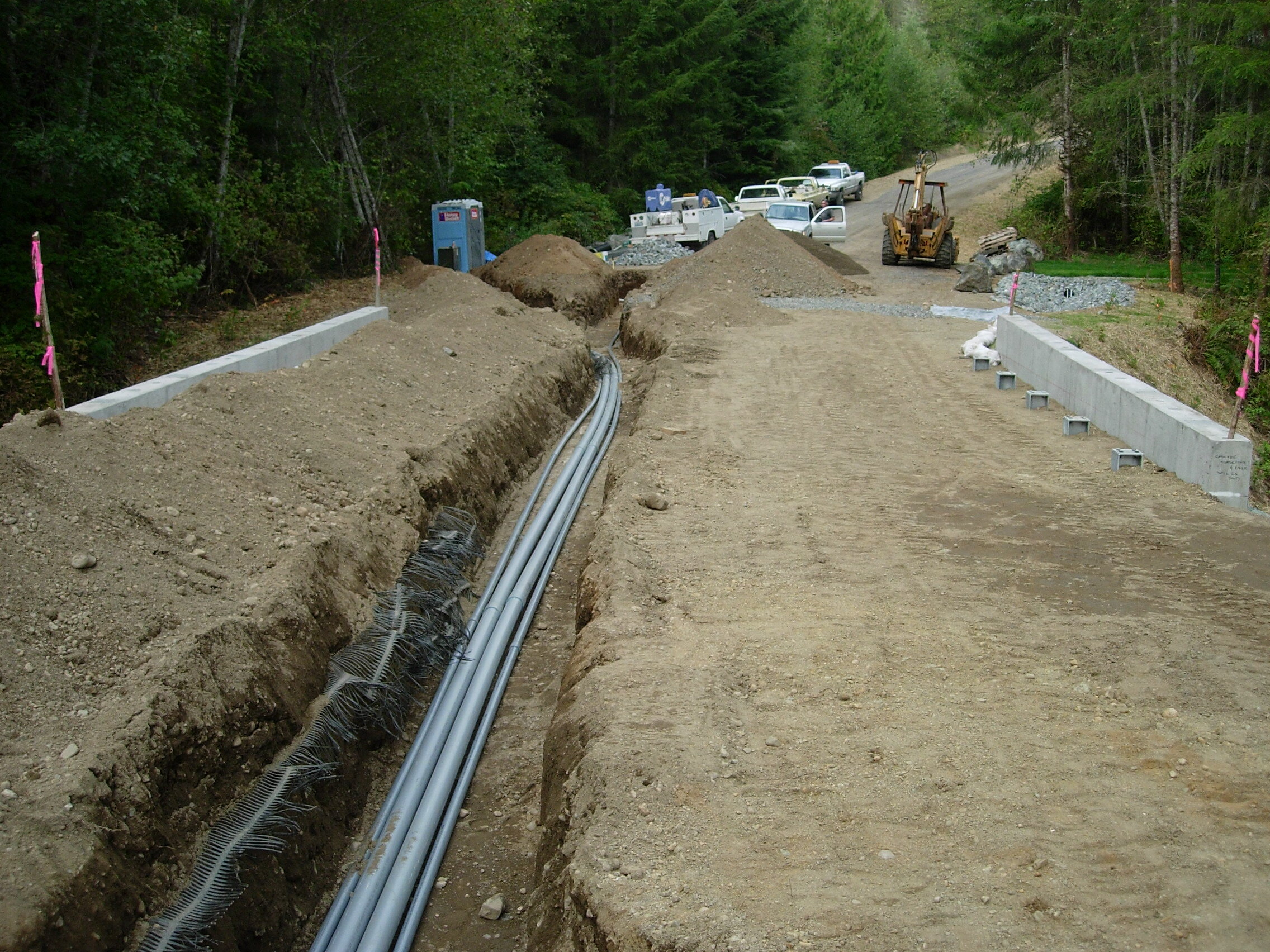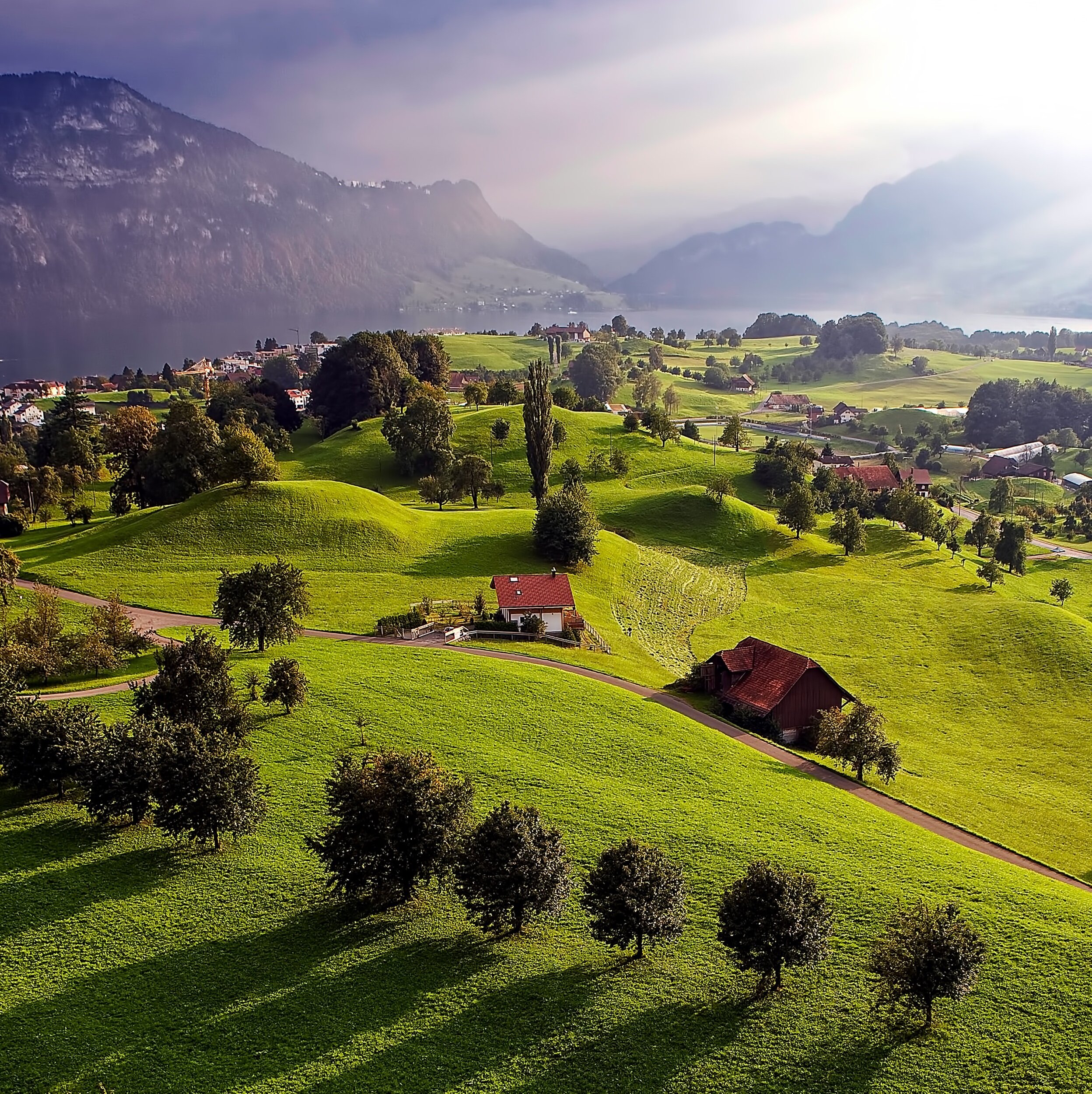10 Steps of Dry Utilities Construction In Land Development
Underground construction of dry utilities:
Unlike wet utilities, which deal with all things “water”, dry utilities construction in land development is where we excavate, directional drill (as required) and install the required infrastructure for: electrical power, telecommunications, natural gas and cable/fiber optics for TV, telephone and internet. But, as with wet utilities, precise placement, alignment and routing of infrastructure lines is of crucial importance.
The design and estimating work is best handled when combined with prior feasibility site vists. In other words, taking into account - first-hand - the unique conditions of the site to include (but not limited to) togography, slope angles and soil conditions. The engineered design will be in the form of construction drawings based on on-site conditions and how the installations will tie into the existing utility service area. The proposed construction plan includes utility mapping, required materials, and detailed notations for the installation to ensure compliance.
Electricity and Gas:
Dry utilities are nothing to mess with, particularly electrical and gas, so a fully qualified contractor is necessary. Coordination with the engineer and Public Works is needed during the construction steps and at inspections to ensure all criteria are met prior to final inspection.
Dry utility installation process:
The following 10 Steps are basic and do not necessarily apply to every construction site. In others, there are more. No matter, each step of the approved construction plan must be followed for each utility, then final inspected for a successful outcome. This list is for illustrative purposes only.
Inspect and test wet utilities:
Wet utility sewer lines previously installed are pressure and TV tested.
Bacteriological testing is done on the water system.
Backfilling and compaction testing inspection.
Possible 2nd sewer and water system test.
Typically, hard surface paving / finish work is prohibited until both wet and dry utilities are final inspected and approved.
Dry utility installation:
Upon inspection and approval of backfilling and compaction of wet utilities, dry utility trenching can occur.
Alternatively, some dry utility trenching may be allowed in the right of way depending on site conditions.
Ensure compliance with separation specifications of gas, electric and telecommunication lines.
Backfilling and compaction inspection and approval.
Final testing & inspection of wet and dry utilities installation. Final approval.
In every case, failure to comply with each and every specification on the approved construction plan set will result in suspension of construction until the problems are resolved, re-inspected and approved.
A word on liability:
As mentioned earlier, dry utilities are nothing to mess with - natural gas and electric. The land developer must ensure full compliance with the construction plan and all applicable code. This includes specific material and part compliance, along with the installation and required separation of the different utility lines from each other. That’s why the land developer, engineer and PUD inspectors need to be on-site as required during construction and installation by the contractor.
Also, if there are any unintentional or accidental disturbances within the utility easements, they must be identified, disclosed, fixed and and re-inspected to ensure code compliance and overall community safety. Good luck and be diligent.
Contact me at: ldr@landdevelopmentrealities.com
Blog photos courstesy of - Unsplash.com - Umberto Few, Thank you! Also, PE Development Trust - Thank you!









